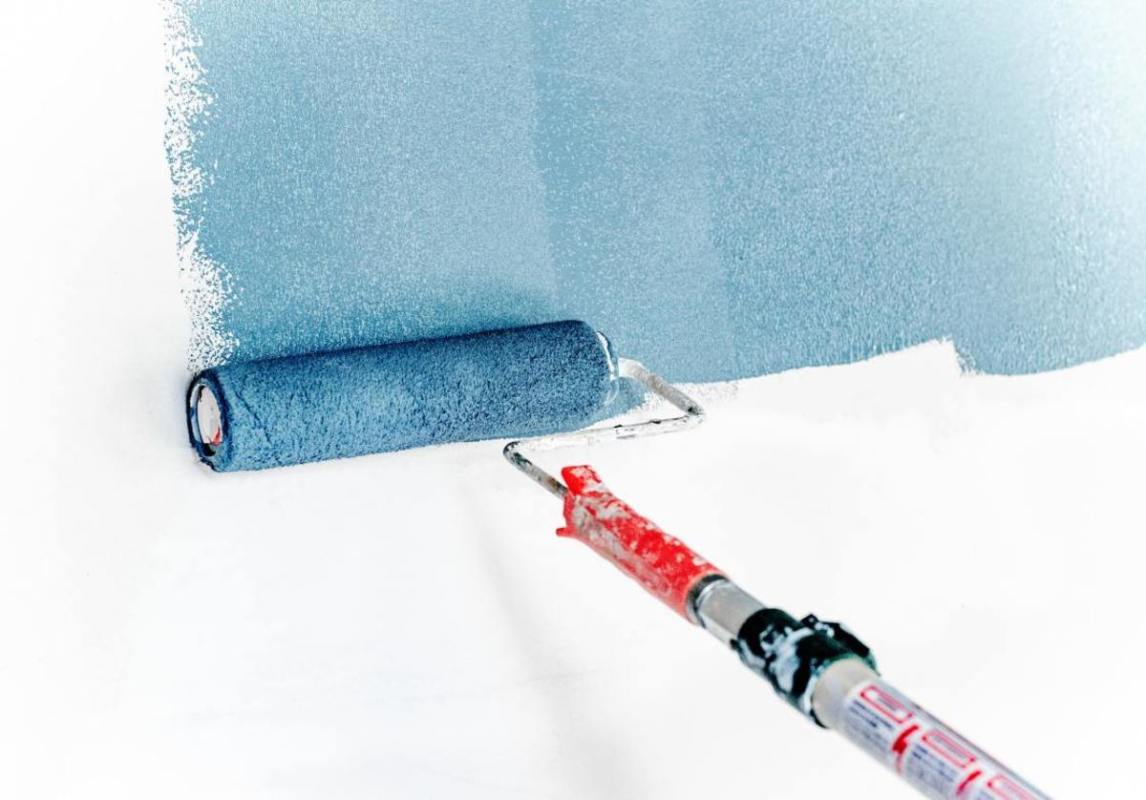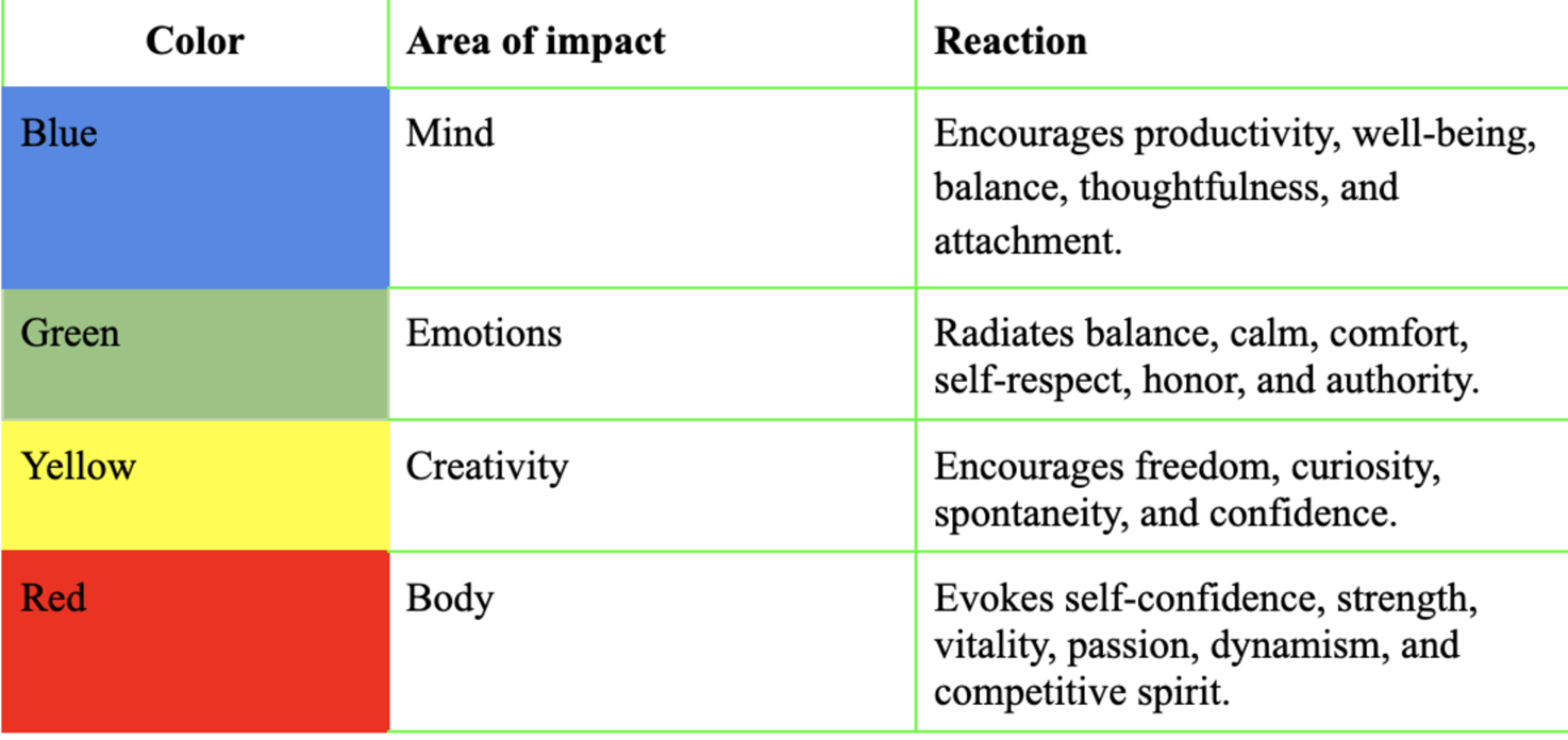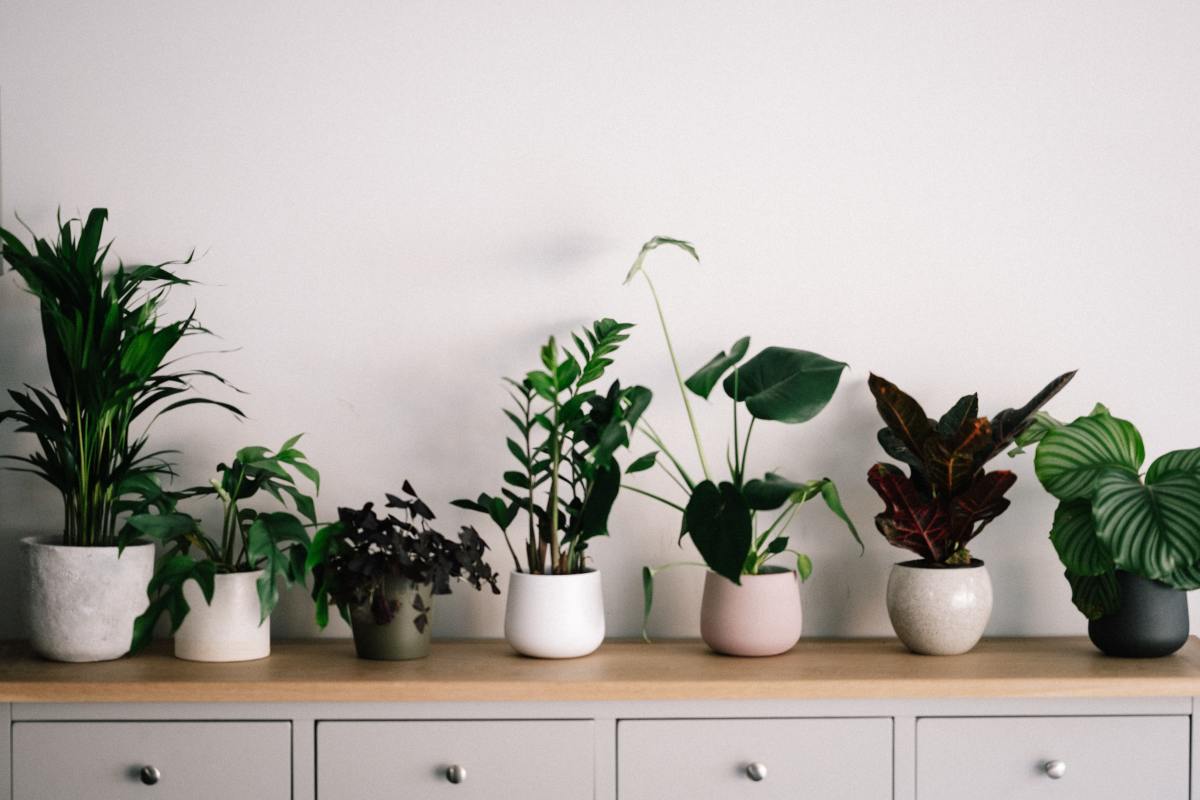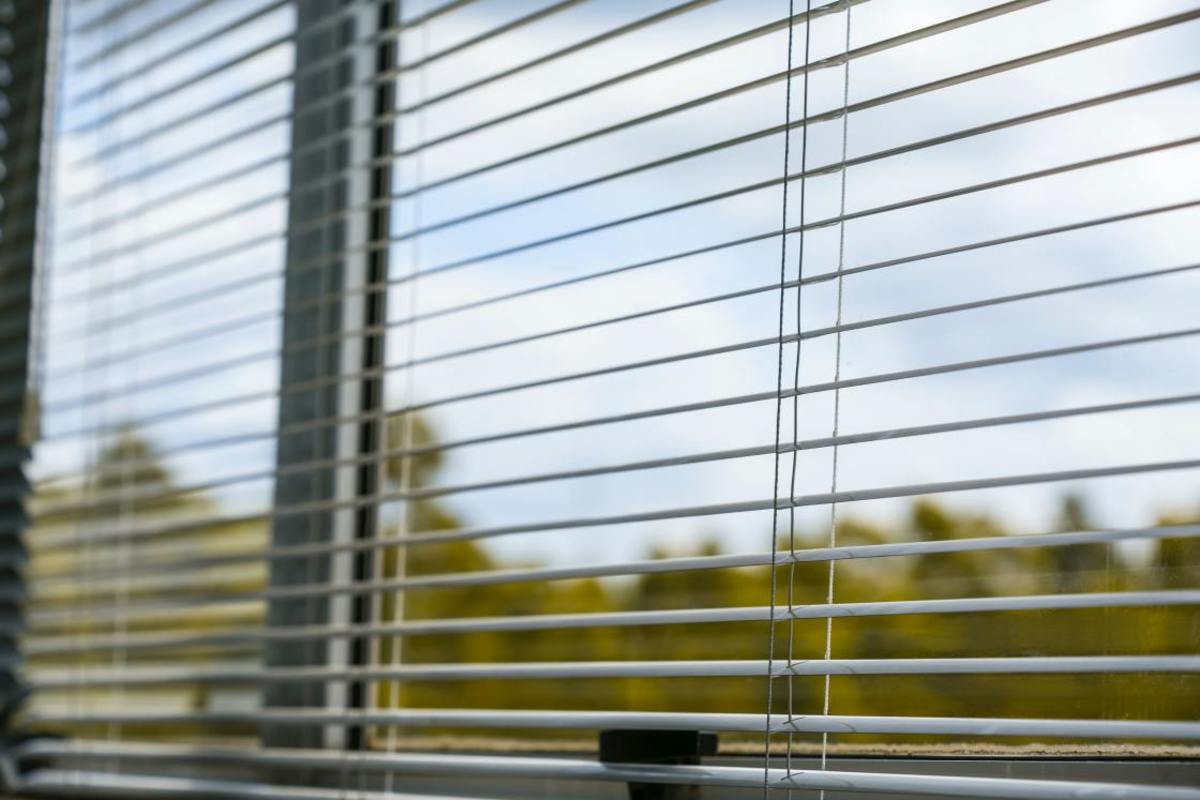Therapist office decor ideas that encourage relaxation and healing
![[object Object]](http://images.ctfassets.net/ly25iagmtxce/4N2uzEqxHSgnuUxr7uZcNq/ad2cd76f530f1bad1bb53123d53662f4/gian-paolo-aliatis--AfflhhVVuA-unsplash.jpg)
Photo by Gian Paolo Aliatis on Unsplash
We often decorate our homes or apartments to our taste or those of our loved ones. However, in a professional setting where you interact with others, you must also consider their preferences and needs. If you have tried to set up your therapist's office or are doing so, you will discover that it is not as simple as it may appear. Creating a secure environment requires significant thought and effort, whether physical or virtual. This Workee article will share tips to help you pay attention to details and properly set up.
Why is the decor of a therapist's office important?
People's moods and emotions are influenced by interior design elements such as furniture, colors, and lighting. Nonetheless, this is often disregarded, especially in the setting of a counseling workplace. Some therapists opt for the most basic options that may not necessarily create a pleasant atmosphere but are affordable, durable, or trendy to maximize usability. This approach is not ideal, particularly for places such as a therapist's office. A modern therapist's office decor should stimulate positive emotions, trust, and a relaxed atmosphere. So, which elements should you prioritize? Before we get into that, it's important to address the concerns that therapists have when it comes to office interior design:
Creating a professional, inviting, warm, and comfortable workplace may not be easy.
It isn't easy to transform a place into a suitable working environment for therapists and clients.
It can be challenging to incorporate comfortable and reasonably sized chairs for clients, aesthetic accents and patterns, and a working area into a single ambient framework.
While all of these concerns are valid, putting effort into decor can do much good. Many clients find the openness of a therapist's office to be a welcome contrast to the intense mental and emotional work during treatment.
Essential elements of a therapist's office design
When selecting designs for a therapist's office, it is important to consider a variety of elements such as colors, lighting, layouts, textures, furniture, music/sound, artwork, and so on to create a stimulating, uplifting environment that fosters productivity, creativity, happiness, trust, or even intimacy.
Floors and walls
Starting with the floor and walls is usually a good idea when building a psychologist's office. You can have attractive hardwood floors and add rugs for beauty and comfort. Research findings point out that walking on carpeted surfaces induces less stress. You can also use gentle pastel hues or picture wallpaper to cover the walls. If you want to hang artwork on the walls, you can also go for calming and not overwhelming art. In any case, always use the right color composition to maintain balance.

Colors
The majority of people seek out a therapist because they struggle with some aspect of their mental, emotional, spiritual, or physical well-being. It is critical to choose the right colors to create a therapeutic environment. A prominent color psychologist and author, Angela Wright, developed the "Color Affects System,'' also known as Wright's theory, scientifically proven accurate by many experts. Color has the power to affect people in profound and unique ways. The intensity of color influences people's reactions to it. According to the National Institutes of Health, these four colors are universal and an excellent choice for redefining a therapist's office. They stimulate emotions and tell something about a person's mentality. These colors are universally associated with specific feelings and thoughts regardless of culture, age, or gender. They also elicit positive emotions.

Some colors are also associated with negative emotions. For example, black can represent leadership but also aloofness, intolerance, and rebellion. On the other hand, brown represents pleasure, sensuality, tenderness, and a lack of creativity.
As a general rule:
It is best to choose light colors to create a tranquil environment. After that, you may include deeper tones and other colors into your workplace decor.
A calming therapist's office decor should include a variety of tones and shades for balance.
Using intense colors in an emotionally charged environment is not a good idea.
It's important to control the intensity of the color palette and prevent it from becoming overly vibrant and overbearing.
Furniture
The furniture in a therapy office should be both functional and aesthetically pleasing with the intent to create a pleasant atmosphere. When selecting chairs or couches, comfort is always the most important factor. Think about what patients would like. For example, purchasing a couch with a reclining backrest for patients who like to chat while "lying down." A workstation is also essential. However, it should not be overpowering.

Plants
Fresh plants and flowers can add vitality to any environment. According to research conducted at Texas A&M University, the presence of plants improves focus, memory, and stress levels. The appearance of nicely groomed plants may favorably affect the attitudes of people. Well-maintained office plants imply more than just growth and care; they reflect a dedicated therapist who intends to be there for the long haul. Conversely, rubber or unhealthy plants demonstrate a lack of imagination and neglect. So, replace the rubber plants with fresh flowers and plants. Decorative pots also increase the visual appeal of a space. You may set them on your desk, at the entrance, etc.

Lighting
The workplace must also have appropriate illumination. When feasible, include windows or skylights since natural light is a powerful mood enhancer. Of course, you can incorporate artificial lighting when there isn't adequate sunlight during the evenings, fall and winter. Light and floor bulbs and table lamps with gentle lighting are ideal for creating a sense of warmth and comfort.

Music
These days therapists use sound and music to help patients relax and develop new ways of dealing with their problems are becoming more common these days.
Sweets
A platter of sweets and chocolate is always inviting. This gesture portrays an outgoing and friendly individual who would do everything to make people feel at home in the office.

Add a dash of personality
A therapist's office must represent both the therapist and the people they serve, even if it is designed with the clients in mind. Make it your own by adding details about your interests, travels, education, hobbies, and other memorabilia.
Must-have tool to benefit therapists and patients
Designing your therapy office is great. However, your virtual workplace requires your attention as well. This is where tools like Workee come in handy. Workee allows you to create your personal website in under 5 minutes. You can choose from various fonts, colors, and ready-to-use templates, include your personal and professional information, and you're done. This all-in-one solution includes built-in booking, scheduling, and calendar tools, allowing you to manage your clients, schedule meetings, and set reminders, so you don't miss appointments. You can also integrate your preferred video call provider or use the in-built Workee video call to communicate with clients. Workee also has billing, invoicing, and tax management features to help you manage your finances and tax payments.
Workee enables therapists and psychologists to manage their businesses and organize their work activities.


